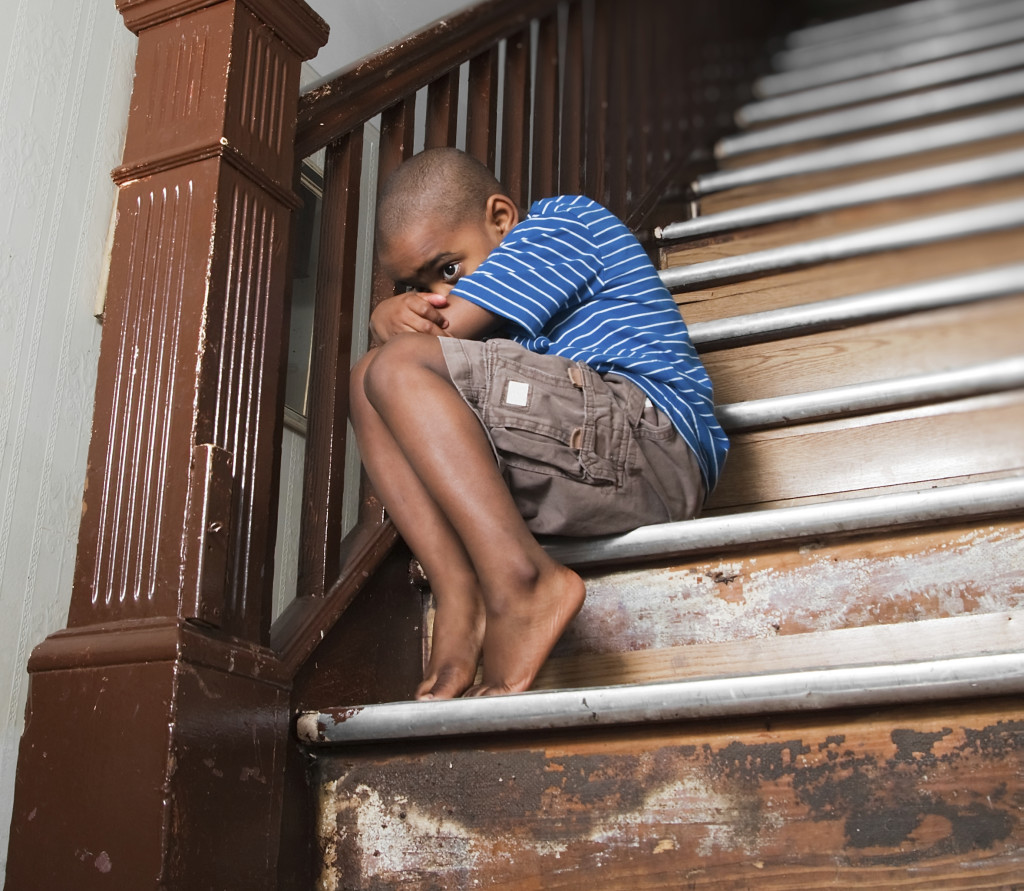Student loan debt is a rising reality all across the country. Debt now totals more than $1 trillion for American students and, according to a newly released report, it’s being caused by low-income students at two-year community colleges and for-profit schools. For foster youth looking to pursue post-secondary education, the reality of student loans cannot be ignored.

To anyone attending a post-secondary institution, the cost of college is no surprise. The ever-escalating price tag is difficult to manage for any prospective student, and it’s especially hard if you don’t have an adult to help you through an undeniably complicated process.
This is the situation many foster youth find themselves dealing with as they apply for financial aid. And given the recently released report from The Brookings Institute, it’s critically important foster youth understand what they’re signing up for.
According to the report: “By 2011…borrowers at for-profit and 2-year institutions represented almost half of student-loan borrowers leaving school and starting to repay loans, and accounted for 70 percent of student loan defaults.” Continue reading





